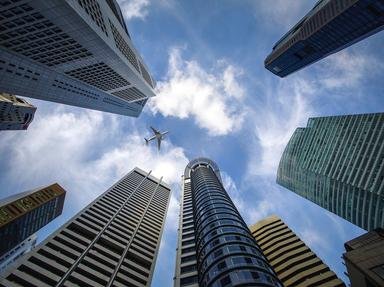Quiz Answer Key and Fun Facts
1. What major Chinese port city, whose history goes back over 2,000 years, is also known as Canton?
2. Located near the Bay of Bengal, Chittagong is one of the world's oldest ports, and the second-largest city in which densely-populated Asian country?
3. Another port of ancient origin, Somalia's capital of Mogadishu is located on which large body of water?
4. Favourably positioned between Europe and Asia, Aden has been a major trade and transportation hub for centuries. Since 2015 it has been the temporary capital of which war-torn country?
5. Believed to be the world's oldest port, the Lebanese city of Byblos is mostly associated with what ancient seafaring people?
6. A city of near-legendary renown, the Black Sea port of Trabzon - known in English as Trebizond - was the birthplace of what "magnificent" 16th-century ruler?
7. The port of Athens, Europe's largest passenger port, flourished in the Golden Age of Ancient Greece. What is its name?
8. This port city in southern Spain, whose history spans almost 3,000 years, is the birthplace of Pablo Picasso and Antonio Banderas. Which city am I referring to?
9. Though not located on the coast, Antwerp is one of the world's busiest ports. With what valuable commodity is the city associated?
10. Which of these cities on the Baltic Sea was the capital of the Hanseatic League, and the birthplace of German writer and Nobel Prize laureate Thomas Mann?
Source: Author
LadyNym
This quiz was reviewed by FunTrivia editor
agony before going online.
Any errors found in FunTrivia content are routinely corrected through our feedback system.
